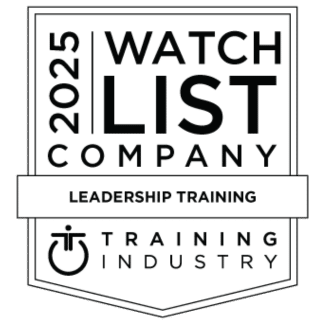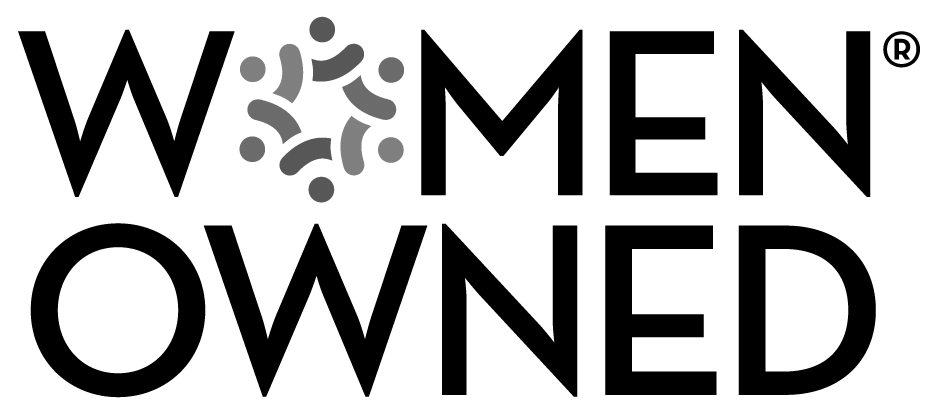
How to Stop People-Pleasing and Start Leading With Impact
Saying yes, keeping the peace, and putting others’ needs ahead of your own might seem like signs of a collaborative leader—but they can quietly undermine your effectiveness. In this post, we explore how people-pleasing shows up at work, why it’s so common (especially for women leaders), and six powerful strategies to break the cycle and lead with greater clarity and confidence.















